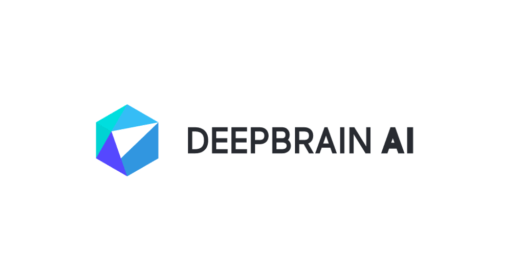3D Printing is a process of making three-dimensional solid objects from a digital file. The creation of a 3D-printed object is achieved using additive processes. In an additive process, an object is created by successively adding material to form it.

3D Printing with AI involves using artificial intelligence to create a 3D model of an object. This can be done by feeding data about the object to an AI algorithm, which will then create a 3D model of the object. The process of 3D Printing with AI involves the following steps:
1. The first step in 3D Printing with AI is creating a 3D digital model of an object using computer-aided design (CAD) software.
2. Next, the digital model of the object is saved as a file format that the 3D printer can understand and accept.
3. The file with the digital model is then sent out to a 3D printer for creating the object.
Computer-aided design (CAD) software is a type of digital design software used by architects, engineers, and other professionals who use computers to create and modify 3D models of buildings, structural systems, machines, and more.
There are different types of CAD software, such as solid modeling, surface modeling, and parametric modeling.
CAD software is generally capable of working with many different file formats.
Using AI for 3D Printing
Artificial intelligence (AI) is rapidly changing the world, and 3D Printing is no exception. AI is being used to improve every aspect of 3D Printing, from design to manufacturing to post-processing.
Here are some of the ways that AI is being used in 3D Printing:
- Design: AI can be used to generate 3D models from scratch or to modify existing models. This can save time and effort for designers, and it can also help to create more complex and realistic models.
- Manufacturing: AI can optimize the printing process, resulting in faster, more efficient, and more accurate prints. AI can also be used to identify and correct errors in prints.
- Post-processing: AI can be used to automate tasks such as sanding, painting, and polishing. This can save time and effort for users, and it can also help to produce more consistent results.
AI is still a relatively new technology, but it has the potential to revolutionize 3D Printing. As AI continues to develop, we can expect to see even more innovative and groundbreaking applications for 3D Printing.
Here are some specific examples of how AI is being used in 3D Printing today:
- Generative design: Generative design is a type of AI that can automatically generate 3D models based on a set of constraints. This can be used to create new and innovative designs or to optimize existing designs for specific applications.
- Computer-aided design (CAD): AI is being used to improve CAD software, making it easier and faster to design 3D models. This can save time and money for designers, and it can also help to create more complex and realistic models.
- Printing optimization: AI is being used to optimize the printing process, resulting in faster, more efficient, and more accurate prints. This can save time and money for users, and it can also help to produce more consistent results.
- Print quality inspection: AI is being used to inspect 3D prints for defects. This can help to identify and correct errors early in the process, saving time and money.
As AI continues to develop, we can expect to see even more innovative and groundbreaking applications for 3D Printing. AI has the potential to revolutionize 3D Printing, making it faster, more efficient, and more accessible to everyone.
Benefits of using AI for 3D Printing
There are many benefits to using AI for 3D Printing. Some of the most notable benefits include:
- Increased productivity: AI can help to automate many of the tasks involved in 3D Printing, such as design, manufacturing, and post-processing. This can free up users to focus on other tasks, such as ideation and creativity.
- Improved quality: AI can help to improve the quality of 3D prints by identifying and correcting errors early in the process. This can result in more consistent and accurate prints.
- Reduced costs: AI can help to reduce the costs of 3D Printing by automating tasks and improving the quality of prints. This can make 3D Printing more accessible to businesses and consumers.
- Expanded applications: AI can help to expand the applications of 3D Printing by enabling the creation of new and innovative products and prototypes. This can lead to new opportunities for businesses and individuals.
Conclusion
AI is a powerful tool that has the potential to revolutionize 3D Printing. As AI continues to develop, we can expect to see even more innovative and groundbreaking applications for 3D Printing. AI has the potential to make 3D Printing faster, more efficient, more accessible, and more versatile.
Thanks,
Bullwinkle

